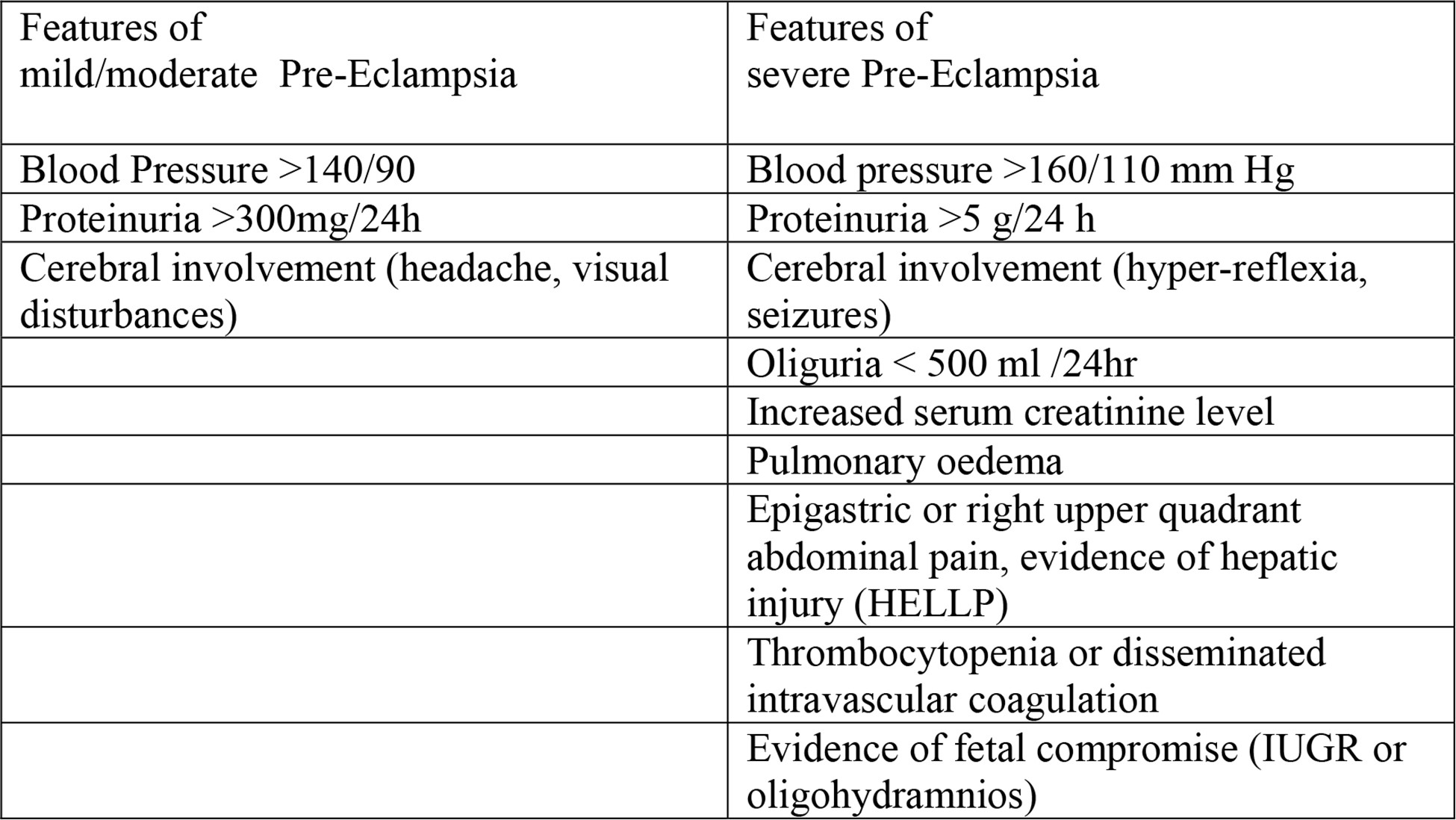A nurse is preparing to administer an antihypertensive medication to a client with pre-eclampsia.
What is the goal of pharmacological therapy for this condition?
To maintain blood pressure below 140/90 mmHg
To reduce blood pressure by 25% within one hour
To keep diastolic blood pressure between 80 and 100 mmHg
To prevent blood pressure from exceeding 160/110 mmHg
The Correct Answer is D
To prevent blood pressure from exceeding 160/110 mmHg. The goal of pharmacological therapy for pre-eclampsia is to prevent severe hypertension that can lead to complications such as stroke, kidney failure, or placental abruption.
Choice A is wrong because maintaining blood pressure below 140/90 mmHg is the target for normal hypertension, not pre-eclampsia.
Choice B is wrong because reducing blood pressure by 25% within one hour is too rapid and can compromise blood flow to the placenta and the fetus.
Choice C is wrong because keeping diastolic blood pressure between 80 and 100 mmHg is not specific enough and does not account for the systolic blood pressure, which is also important.
Nursing Test Bank
Naxlex Comprehensive Predictor Exams
Related Questions
Correct Answer is A
Explanation
Epigastric pain is a sign of worsening pre-eclampsia that indicates liver damage.It can also be associated with HELLP syndrome, a severe complication of pre-eclampsia that involves hemolysis, elevated liver enzymes and low platelet count.

Choice B is wrong because facial edema is a common symptom of pregnancy and not specific to pre-eclampsia.
Choice C is wrong because proteinuria is a diagnostic criterion for pre-eclampsia, but not a sign of worsening condition.
Choice D is wrong because brisk reflexes are a normal finding in pregnancy and do not indicate pre-eclampsia severity.
Normal ranges for blood pressure are below 140/90 mmHg, and for proteinuria are less than 300 mg in 24-hour urine collection.
Correct Answer is B
Explanation
Decreased fibrinogen level.This indicates that the client has a risk of disseminated intravascular coagulation (DIC), which is a condition where the blood clots abnormally and causes bleeding in various organs.Fibrinogen is a protein that is essential for blood clotting, and a low level means that the clotting factors are being consumed faster than they can be produced.
Choice A is wrong because elevated platelet count is not a sign of DIC, but rather of normal pregnancy or other conditions that cause thrombocytosis.Platelets are blood cells that help form clots, and a high count means that there is an increased production or decreased destruction of platelets.
Choice C is wrong because increased prothrombin time (PT) is not a specific sign of DIC, but rather of any condition that affects the extrinsic pathway of coagulation.PT measures how long it takes for the blood to clot by adding tissue factor, which activates factor VII.A prolonged PT means that there is a deficiency or dysfunction of factor VII or other factors in the common pathway (X, V, II, I).
Choice D is wrong because reduced partial thromboplastin time (PTT) is not a sign of DIC, but rather of hypercoagulable states or antiphospholipid syndrome.PTT measures how long it takes for the blood to clot by adding phospholipids and an activator, which activate factor XII.A shortened PTT means that there is an increased activity or presence of factor XII or other factors in the intrinsic or common pathway.
Whether you are a student looking to ace your exams or a practicing nurse seeking to enhance your expertise , our nursing education contents will empower you with the confidence and competence to make a difference in the lives of patients and become a respected leader in the healthcare field.
Visit Naxlex, invest in your future and unlock endless possibilities with our unparalleled nursing education contents today
Report Wrong Answer on the Current Question
Do you disagree with the answer? If yes, what is your expected answer? Explain.
Kindly be descriptive with the issue you are facing.
